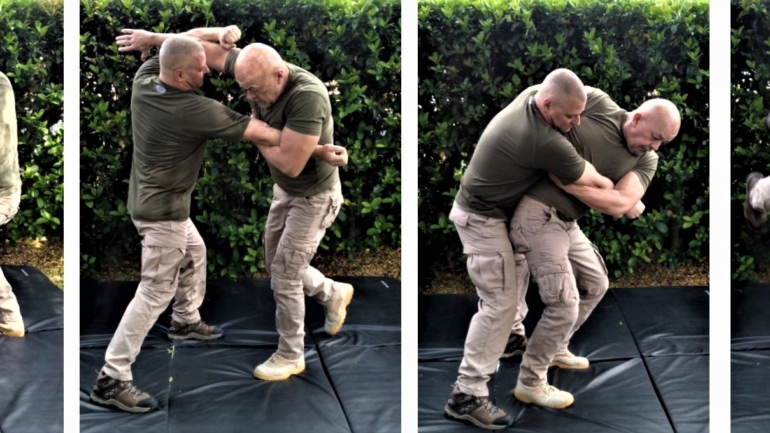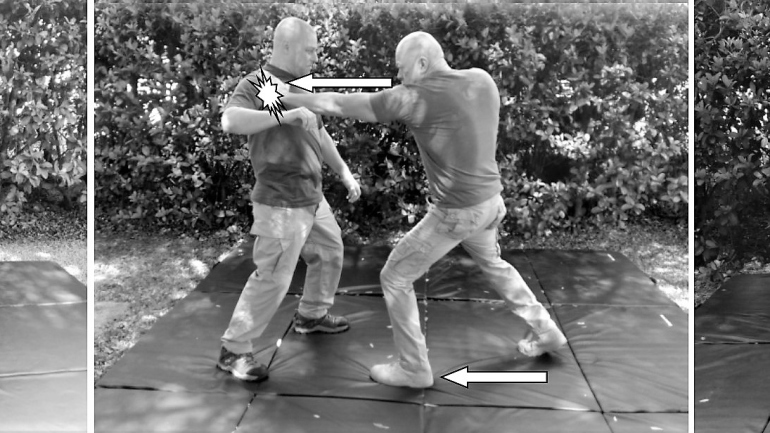The timing of Kajukenbo strikes is crucial to their effectiveness in real combat, directly influencing whether an attack lands with power, disrupts the opponent’s momentum, or neutralizes a threat decisively. This martial art’s philosophy prioritizes aggressive, preemptive action, teaching practitioners to strike first and control the encounter before the opponent can escalate the situation. By acting immediately, a Kajukenbo practitioner gains the initiative, often catching an attacker off-guard and disrupting their rhythm, which is critical for survival in unpredictable, street-oriented scenarios.
Kajukenbo emphasizes principles such as acceleration, force, momentum, energy, speed, and velocity when executing strikes. Proper timing allows a strike to be delivered with maximum velocity and momentum, increasing both the chance of landing the blow and its impact. Acceleration, in particular, is key—without it, a strike lacks power and may be easily countered. Effective timing also involves synchronizing the body’s movement so that the strike arrives at the moment of maximum kinetic energy transfer, maximizing damage and potentially ending the confrontation quickly.
When defending, the timing of a Kajukenbo counterstrike is equally important. A well-timed counter can exploit an opponent’s momentary imbalance or distraction, turning defense into an overwhelming offense. Kajukenbo’s “decisive counterattacks” are designed to end threats swiftly, often targeting vulnerable areas (eyes, throat, groin, knees). The art’s integration of strikes with throws, locks, and even weapon defenses means that timing applies not just to hitting, but to transitioning between techniques fluidly as the situation demands.
In essence, the effectiveness of Kajukenbo strikes in real combat hinges on precise timing, acting first, accelerating into the strike, adapting to the flow of the fight, and countering decisively when necessary. These principles are reinforced through rigorous, scenario-based training that prepares practitioners to apply strikes with the right timing under pressure.

1.) The attacker is in a right foot forward fighting stance and the defender is in a right foot forward fighting stance.
2.) Attacker steps forward with right foot as he attempts a two hand shove and really closes the distance between them. Parry the the attackers arms to the outside as you simultaneously, shuffle slightly forward.
3.) Defender steps forward and pivots clockwise toward 9 o’clock and brings his right elbow straight up striking the attacker under the chin.
4.) Pivoting clockwise on both feet toward 12 o’clock the defender executes a right downward hammer fist to the collar bone as he bends his knees and drops low. As you pivot toward 12 think of a cork screw motion downward.
5.) Immediately the defender pivots counter clockwise and follows up with a rt elbow to the attacker’s jaw.
6.) Pivot clockwise toward twelve o’clock bending the knees and dropping your hips as you pivot. (toes should be pointing toward the twelve o’clock position). Strike your opponent’s right shoulder with a left heel of palm strike and grab his clothing at the area struck. This strike should be hard enough to disrupt his posture and rock him back on his heels.

7.) With a short quick jerk with the left hand, pull the opponent into you. This should rock him to his front and off of his heels. Simultaneously step your right foot straight to the inside of his right foot. 8.) Pivot on your right foot counter – clockwise and bring your left foot back between your opponent’s feet. Simultaneously pull the opponent forward and bring your right arm up under his right arm. Pinch his right bicep between your right bicep and forearm. 9.) Straighten your legs and bend at the waist popping your hips up and lifting him into the air (this is an explosive movement). Keeping your grip on the opponent, bring your left elbow downward, twisting your upper body toward your left hip to finish the throw.
Key principles
- Blending with the attack: Instead of resisting the push directly, you blend with the attacker’s momentum and redirect their force.
- Targeting vulnerable points: Strikes focus on vital areas of the body to maximize effectiveness.
- Economy of motion: The technique emphasizes fluid transitions between moves to minimize wasted energy and maximize efficiency.
- Constant motion: Rather than pausing between steps, movements are seamlessly linked, allowing you to maintain momentum and create openings.






